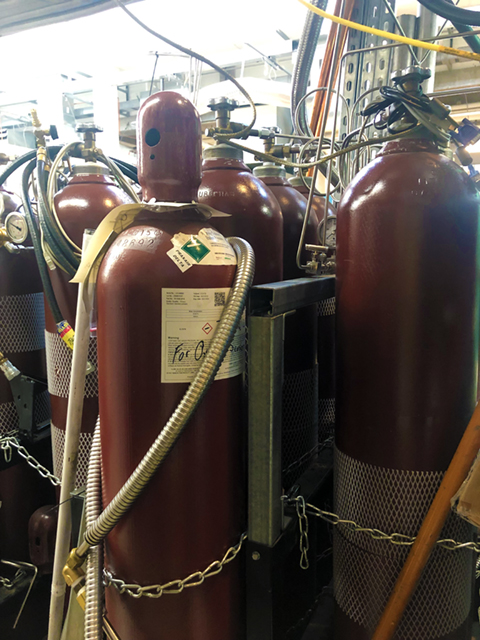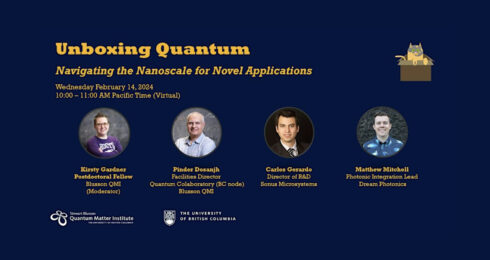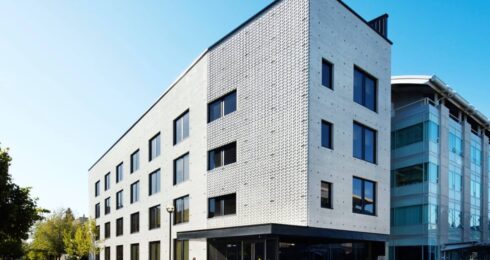The technical operations (TechOps) team at the Stewart Blusson Quantum Matter Institute (Blusson QMI) are leaders in helium conservation and recycling at The University of British Columbia (UBC), making the institute a model for how to effectively manage supply issues during challenging times.
Helium is a byproduct of natural gas refinement, and while it is abundant in the universe, it is not a renewable resource here on Earth: due to a series of disasters affecting helium production around the world, the gas has been in short supply. In addition, despite there being an oil and gas industry in Canada, Canada does not produce helium. For these reasons, helium is very expensive.
It is also an essential element in cooling research equipment, such as the scanning tunneling microscopes used in the Laboratory for Atomic Imaging Research. To study the behaviour of individual atoms in quantum materials, the materials need to be very, very cold: helium systems at Blusson QMI cool helium to 4 degrees Kelvin, or -270 degrees Celsius.
- Related: Super cool physics at very cold temperatures (UBC Science)

To ensure that our faculty, scientific staff, and students have the resources they need to conduct low-temperature research, TechOps staff, led by Pinder Dosanjh, have developed a system for reusing helium stores.
“Some systems use a liter of helium per hour, which over a few days can add up to hundreds of thousands of dollars worth of supply,” said Dosanjh. “If we can recycle helium, we can cut those costs down substantially for the users.”
The Brimacombe and AMPEL buildings are currently outfitted with a recovery system and liquefiers thanks in large part to funding from CFI/BCKDF and NSERC to implement these systems. Dosanjh and colleagues support the system’s operation (which requires considerable supervision and support for users). As a result, Blusson QMI researchers can sustain their work despite the increasing cost and scarcity of helium.
Over the last two years, the TechOps team has worked to improve the system further. The system was recently entirely rebuilt, and the team upgraded the building’s infrastructure to copper and stainless steel lines to almost every lab in the building. The result is a more reliable and efficient system, with a conservation rate of more than 75 percent.
For those labs that do not rely on helium specifically, and can sustain alternate cooling setups, Dosanjh and colleagues have been transitioning away from wet systems (helium) to dry systems. Dry systems use electricity and work well for equipment like angle-resolved photoemission spectroscopy (ARPES) that isn’t as susceptible to external perturbation. Because these alternate cooling systems are mechanical in nature, and they rely on a compressor, there is a degree of noise and physical vibration that comes through.
“With a compressor, and a piece of simple equipment you can plug into a wall, you can forgo liquid helium altogether, but you can still get the extremely cold temperatures,” said Dosanjh. “There are now lots of these in the building.”
The TechOps team at Blusson QMI continues to focus on improving the sustainability of our research, and are in many ways leading the development of these systems. With the exception of the compressor unit, most of the components added onto Blusson QMI instrumentation is designed and developed in-house.
“Our team has spent much of the last year working to make our cooling systems more efficient and more reliable,” said Dosanjh. “It’s a lot of work, but it means we can keep our science going with a lot less strain on our research budgets.”


